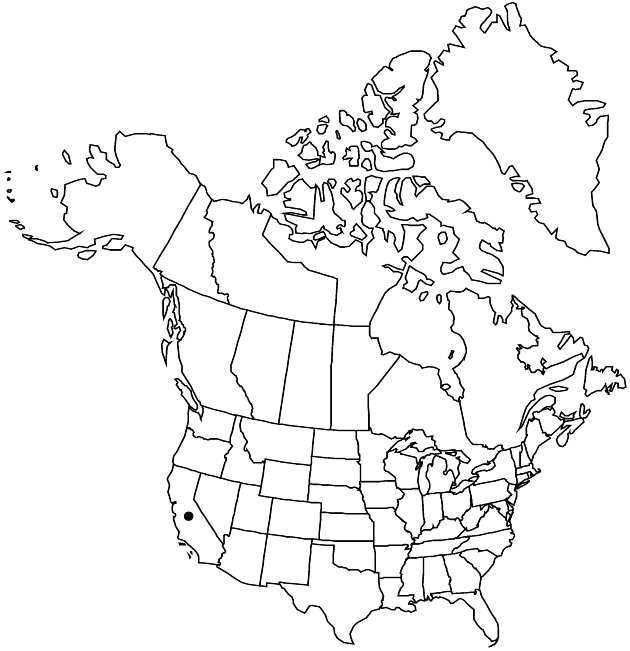Harmonia stebbinsii
Novon 9: 464. 1999.
Plants 5–27 cm; proximal, unbranched portions of primary stems usually shorter than branches supporting heads. Leaves mostly on primary stems (distal leaves of primary stems congested) and immediately proximal to branches supporting heads. Heads usually erect in bud and fruit. Phyllaries 4–6, densely white-villous near folded edges. Ray florets 4–6; laminae 4–6.5 mm. Disc florets 8–20, outer bisexual and fertile, inner functionally staminate. Ray cypselae slightly gibbous, beakless (elevated 0.1–0.2 mm adaxially); pappi 0.5–1.5 mm. Disc cypselae 2–4 mm; pappi of 8–10 linear-attenuate to subulate, plumose scales 1.2–3.5 mm. 2n = 18.
Phenology: Flowering May–Jul.
Habitat: Serpentine slopes
Elevation: 1100–1600 m
Discussion
Of conservation concern.
Harmonia stebbinsii occurs in the southern Klamath Ranges and North Inner Coast Ranges. Based on molecular phylogenetic data, H. stebbinsii appears to be most closely related to H. hallii (B. G. Baldwin 2001).
Selected References
None.
